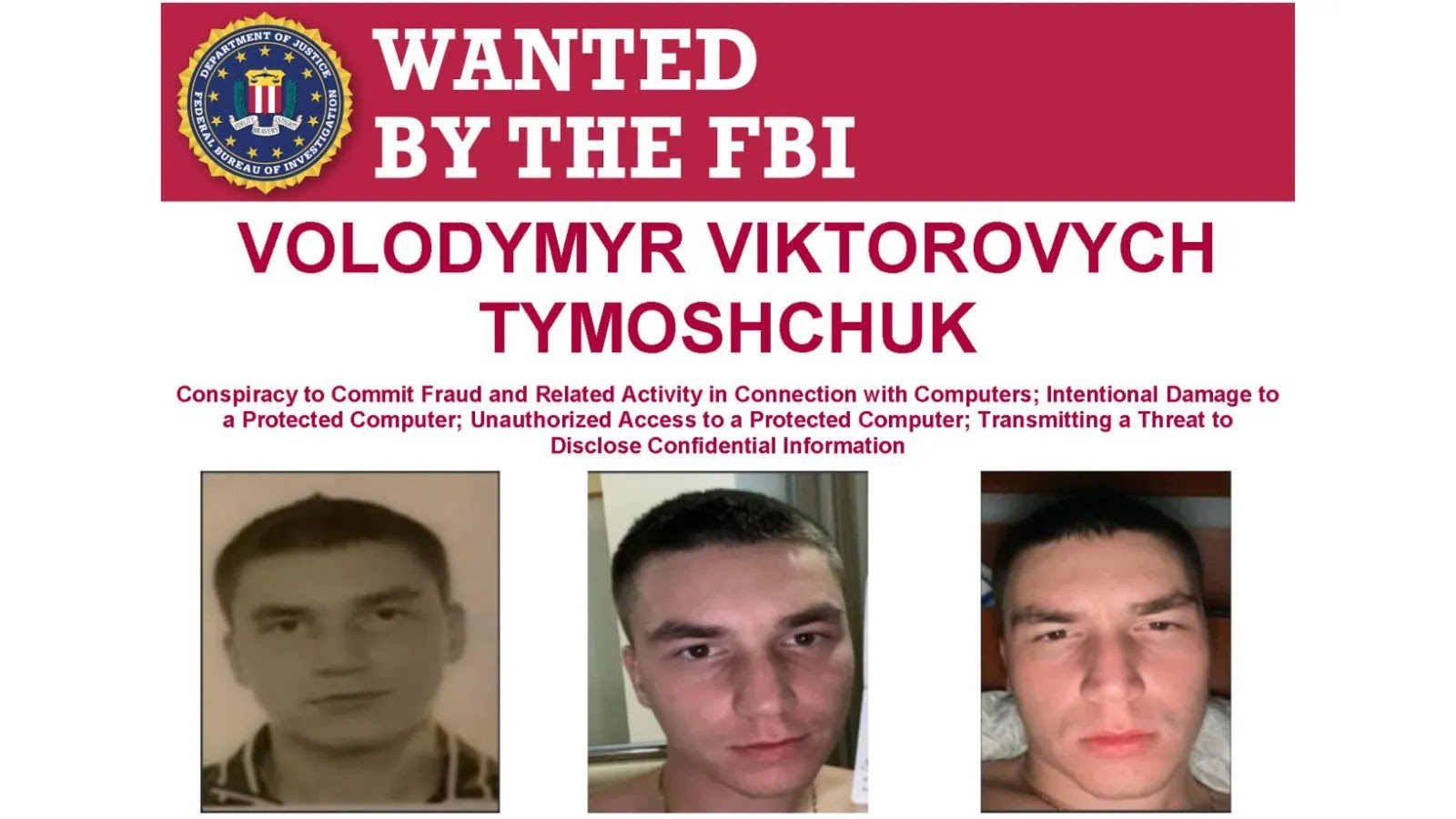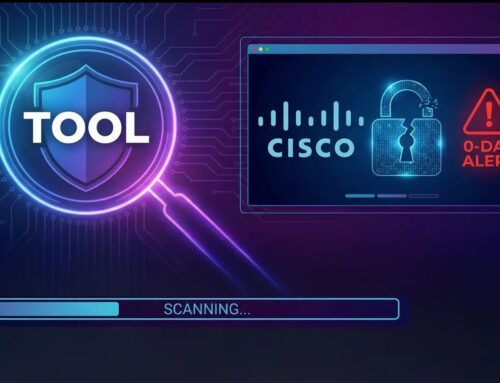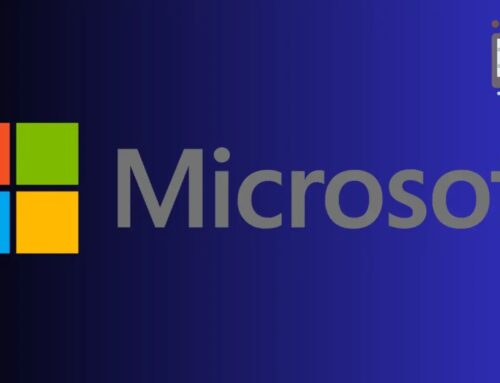
Authorities Arrested Admins Of “LockerGoga,” “MegaCortex,” And “Nefilim” Ransomware Gangs
Law Enforcement Strikes Against Ransomware: Unmasking the Operators Behind LockerGoga, MegaCortex, and Nefilim
In a significant victory for global cybersecurity, law enforcement agencies have dealt a substantial blow to the ransomware ecosystem. Recent actions by the U.S. District Court for the Eastern District of New York have led to the unsealing of a superseding indictment against a Ukrainian national. This individual is formally charged with a pivotal role as an administrator in the notorious LockerGoga, MegaCortex, and Nefilim ransomware operations. These criminal enterprises are alleged to have extorted over 250 companies within the United States and hundreds more worldwide, inflicting widespread financial damage and operational disruption.
This development underscores the relentless pursuit of cybercriminals by international authorities and serves as a powerful deterrent. For security professionals, this news is not just a cause for optimism but a critical reminder of the pervasive and sophisticated nature of modern ransomware threats.
The Anatomy of Three Ransomware Operations
Understanding the tactics employed by these groups is crucial for proactive defense. While the indictment targets a key individual, the operations themselves illustrate common ransomware attack methodologies.
- LockerGoga: Known for its highly destructive nature, LockerGoga attacks often involved manual execution post-infiltration, making it particularly challenging to defend against with automated tools alone. Its targeting was frequently opportunistic, leveraging unpatched systems or compromised credentials.
- MegaCortex: This ransomware family distinguished itself by its targeted approach, often focusing on large enterprises. MegaCortex exhibited sophisticated evasion techniques, sometimes capable of disabling antivirus programs and security tools.
- Nefilim: A relative newcomer at the time of its prominence, Nefilim was part of the growing trend of “double extortion” ransomware. Beyond encrypting data, Nefilim operators would also exfiltrate sensitive information, threatening to leak it publicly if the ransom was not paid. This tactic significantly amplified the pressure on victims.
The collective impact of these operations highlights the evolving threat landscape, where attackers leverage a combination of technical prowess and psychological manipulation to achieve their objectives.
The Global Reach of Cybercrime
The alleged activities of the indicted administrator underscore the borderless nature of cybercrime. The indictment specifies that these schemes extorted hundreds of companies across the globe, transcending national boundaries and economic sectors. This interconnectedness necessitates a collaborative approach to law enforcement, intelligence sharing, and defensive strategies among nations and organizations.
The financial toll and operational downtime caused by these attacks are immense. Beyond the direct ransom payments, companies face significant recovery costs, reputational damage, and potential legal liabilities stemming from data breaches.
Remediation Actions and Proactive Defense
While law enforcement efforts are vital, robust organizational security remains the primary defense against ransomware. Organizations must implement a multi-layered security strategy to detect, prevent, and respond to threats effectively.
- Strong Backup and Recovery Strategy: Implement regular, immutable backups of critical data. Test recovery procedures frequently to ensure data can be restored swiftly and accurately.
- Patch Management: Maintain an aggressive patch management schedule for all operating systems, applications, and network devices. Unpatched vulnerabilities are frequently exploited as initial access vectors. For instance, while not directly tied to the specific charges, many ransomware groups exploit common vulnerabilities like CVE-2017-0144 (EternalBlue) or more recent, actively exploited CVEs.
- Multi-Factor Authentication (MFA): Enforce MFA for all remote access services, privileged accounts, and critical systems. This dramatically reduces the risk of successful credential stuffing or brute-force attacks.
- Network Segmentation: Segment networks to limit the lateral movement of attackers. If one segment is compromised, the impact can be isolated, preventing the spread of ransomware across the entire infrastructure.
- Endpoint Detection and Response (EDR)/Extended Detection and Response (XDR): Deploy EDR/XDR solutions to monitor endpoints for suspicious activity, detect anomalies, and enable rapid response to threats.
- Security Awareness Training: Regularly train employees on phishing awareness, safe browsing habits, and the importance of reporting suspicious activities. Many ransomware attacks begin with a successful social engineering attempt.
- Incident Response Plan: Develop and regularly test a comprehensive incident response plan. This plan should outline clear roles, responsibilities, and procedures for responding to a ransomware attack, including communication strategies.
Tools for Ransomware Defense
A combination of technologies forms the backbone of a resilient defense against ransomware.
| Tool Name | Purpose | Link |
|---|---|---|
| Endpoint Detection and Response (EDR) Solutions | Real-time monitoring, detection, and response to malicious activities on endpoints. | (Vendor Specific – e.g., CrowdStrike Falcon, SentinelOne, Microsoft Defender for Endpoint) |
| Vulnerability Scanners | Identify and prioritize software vulnerabilities in applications and infrastructure. | Tenable Nessus |
| Network Intrusion Detection/Prevention Systems (NIDS/NIPS) | Monitor network traffic for malicious activity and block known threats. | (Vendor Specific – e.g., Cisco Firepower, Palo Alto Networks) |
| Security Information and Event Management (SIEM) | Aggregate and analyze security logs from various sources for threat detection. | (Vendor Specific – e.g., Splunk, IBM QRadar) |
| Backup and Disaster Recovery Solutions | Ensure data availability and rapid recovery from data loss incidents. | (Vendor Specific – e.g., Veeam, Rubrik, Cohesity) |
Looking Forward: Sustained Pressure on Cyber Criminals
The indictment of a LockerGoga, MegaCortex, and Nefilim ransomware administrator represents a critical step in dismantling global cybercriminal networks. This action sends a clear message: those who operate and facilitate ransomware attacks will be pursued relentlessly. For organizations, the message is equally clear: proactive, multi-layered security measures, coupled with a robust incident response capability, are not optional but essential for survival in today’s threat landscape. Continuous vigilance and adaptation are paramount as the cat-and-mouse game between defenders and attackers evolves.





